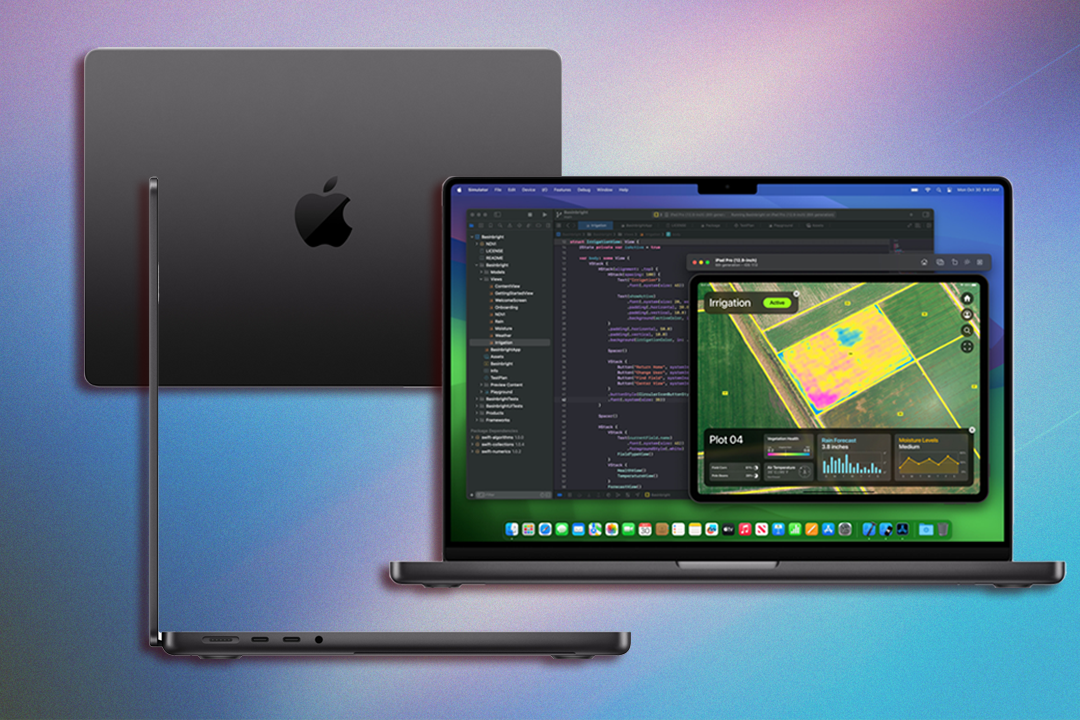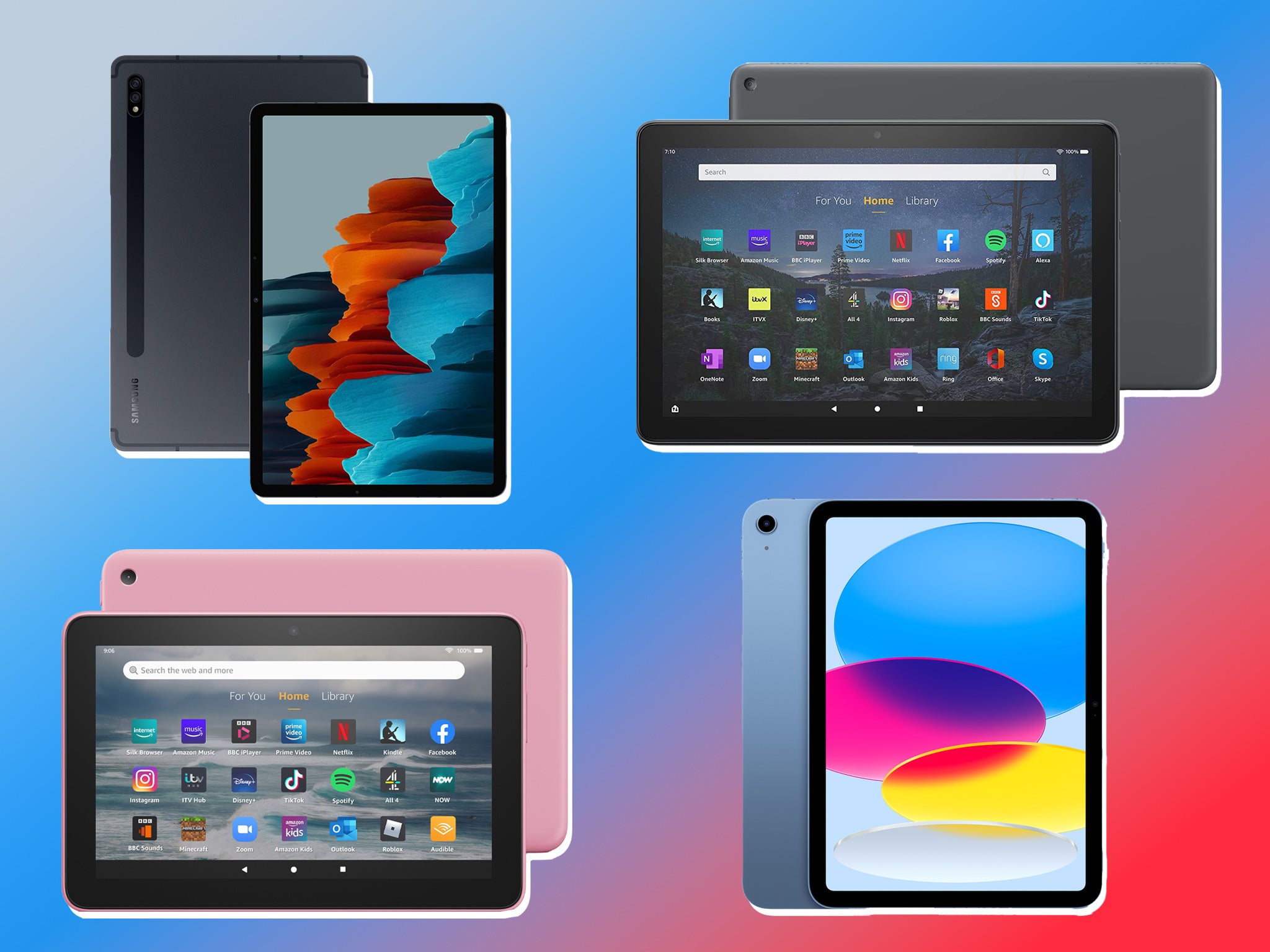Apple iMac M3 2023

- Processor: Apple M3
- Display: 24in, LED-backlit, 4,480 x 2,520px 4.5K resolution at 218ppi, 500 nits brightness
- RAM: 8GB/16GB/25GB
- Storage: 256GB/512GB/1TB/2TB
- Dimensions: 54.7cm x 46.1cm x 14.7cm, including stand
- Weight: 4.44kg
- Colours: Silver, blue, green, pink, yellow, orange, purple
- Why we love it
- Eye-catching, colourful design
- Outstanding performance
- Beautiful display
- Take note
- Still uses a lightning connector for accessories
- Stand doesn’t adjust for height
Design
You really can’t fault this design. It may not have changed since the previous iMac, but it’s a great look, so that’s no bad thing. It’s very slim and just over 1cm thick from front to back, across the frame, which creates a cool, classy aesthetic.
In fact, there’s no room for the camera SD card slot found on the MacBook Pro – yes, this is a desktop that’s slimmer than a laptop. On the back of the entry-level model, there are two USB-C sockets, which are both fast, as they are USB 4 Thunderbolt ports. Upgrade to the pricier processor or colours and you get two extra USB-C ports.
Read more: MacBook Pro M3 review: Staggeringly fast and future-proof
You can choose almost any colour, as long as it isn’t black, and the punchy-but-pastel range is wide enough that you’re likely to find one you’ll love (if not, you can always settle for the ‘safe’ silver option).
It won’t surprise you when I say Apple has paid attention to the details, but the level of attention might. The colour of the desktop covers not just the front of the machine but, in a metallic version, the back, the stand, the underside of the mouse and keyboard. Even the braided cables are colour-matched. It goes further, to include the word ‘hello’ that greets you on the screen protector when you open the box for the first time. There’s colour-coded wallpaper on screen, too – even the exact shade that’s chosen as the default highlight colour when you’re typing matches the colour scheme. You can, of course, change any of the software colours as you wish.
The stand is solid and allows you to tilt, but not raise the display. Meanwhile, the accessories such as mouse and keyboard (or optional trackpad) are all charged by that colour-matched cable. This is a USB-C to lightning cable. Many have asked why Apple didn’t switch the accessories to use USB-C – I would think this move is definitely coming, but it hasn’t arrived yet. If you don’t have an iPhone 15 with its USB-C charging socket, this is less of an issue, but it would have been a good move. However, it may come with the next big design change for the accessories.
Display
This also hasn’t changed since the last iteration, and is a 4.5K 24in screen. If you’re coming to it from a 27in iMac (a size Apple no longer makes), you may not notice as much of a difference as you might anticipate. It’s a big screen with plenty of room and lots of detail. It doesn’t have the miniLED backlights found in the MacBook Pro displays and isn’t quite as punchy, but this is still a beautiful screen, as good for looking at spreadsheets up close or watching videos and playing games from a healthy distance.
Performance
This is the big change the new iMac brings, thanks to the move from the M1 to the M3 processor. As before, it comes in two flavours, a regular version with an eight-core CPU and eight-core GPU (where the CPU manages regular performance and the GPU is for graphics), and a version with a more powerful GPU, with 10 cores.
Read more: The best laptops for all budgets
This is a computer for all users, and, as such, it comes with 8GB of RAM. You can add extra memory, or storage, though the price creeps up. In most cases, I’d say the 8GB RAM is sufficient. I’ve used an M1 iMac as a main driver since it first debuted and I have never thought of it as a slow machine. More than two years on, it remains fresh and pacey. This has not always been the case with previous PCs, whether Windows-powered or iMacs with Intel processors.
But there is a definite, noticeable uptick in performance here, from the second you turn it on, as programs launch quickly, to a general, everyday speediness. For regular tasks, M1 is still enough, but if you venture into more-taxing arenas, such as batch-processing photos or full-on video editing, you find that short waits are now shaved to almost nothing, with near-instant results commonplace.
Gaming shines through here, with the best-available graphics looking stunningly detailed, with rich, subtle realistic elements and super-smooth animation.
The shift from M1 to M3 is big enough to make it worth having, and leaves headroom for programs to grow more complex without leaving you dawdling.
Welcome though this step forward is, it’s nothing compared with the night-and-day change from an iMac with Intel. Apple silicon has massively updated what it’s like to use an iPhone, iPad or Mac. Many people are still using Intel iMacs. Fine though they are, the iMac with M3 is a whole new experience.












